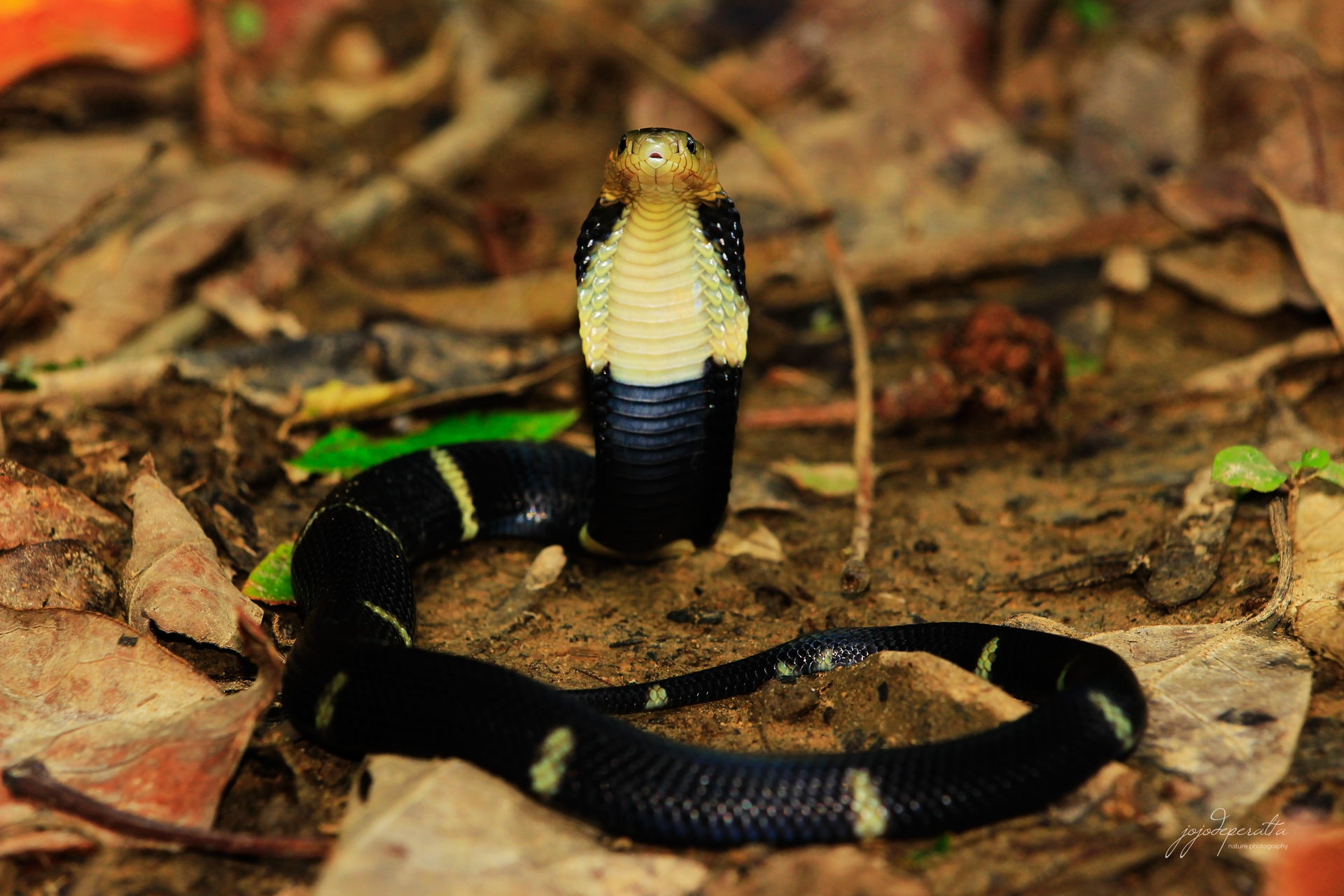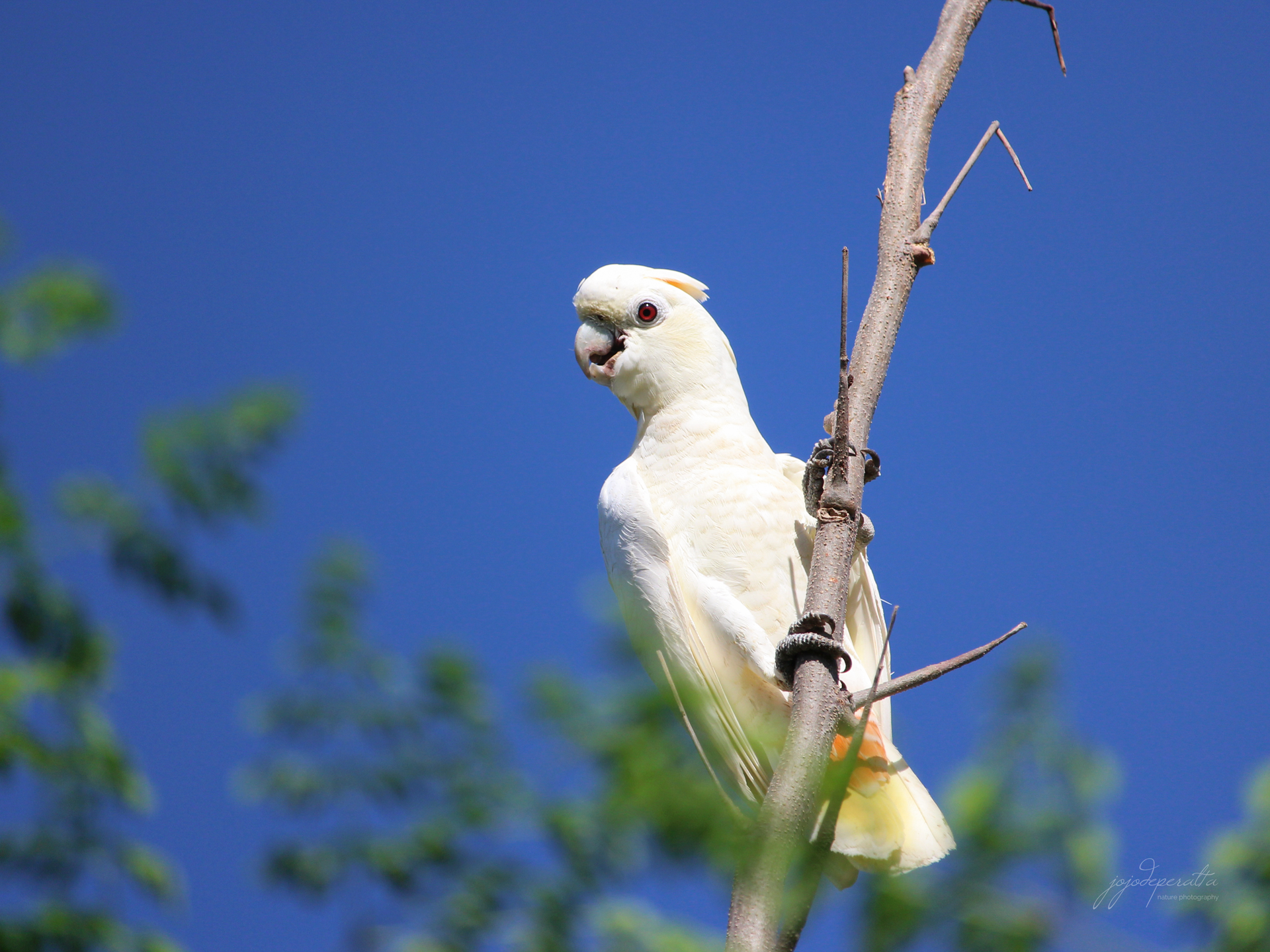Chestnut-breasted Malkoha
Our endemic Chestnut-breasted Malkoha in Palawan (Phaenicophaeus curvirostris harringtoni) is a large species of cuckoo in the Cuculidae family. It measures around 18 inches and it's one of the most attractive large species of birds inhabiting our forest.
The P. c. harringtoni has a beautiful metallic emerald green back and wing feathers, the underparts are mostly chestnut colored like the feathers on its belly and undertail coverts. The tail is mostly chestnut except for the upper-half part of central tail feathers which are metallic emerald green. Its throat, sides of the neck and breast are rufous.
Its head feather or crown is the same color of its upper back which is dark-olive gray. The featherless face is red to maroon in color. It has greenish bill and the legs are bluish gray.
 |
| Chestnut-breasted Malkoha |
It likes to skulks and sits motionless in understory and forest canopy, but it has a habit of flying short distances from tree to tree when hunting for food. This species feeds mainly on insects and small invertebrates and unlike some of its relatives, this species is not a nest parasite.
The Chestnut-breasted Malkoha used to be common in the eastern side of the mainland, but deforestation of mangrove areas and conversions of suitable lowland forest habitats to residential and agricultural uses gradually pushed this species into the foothills and mountain slopes.










